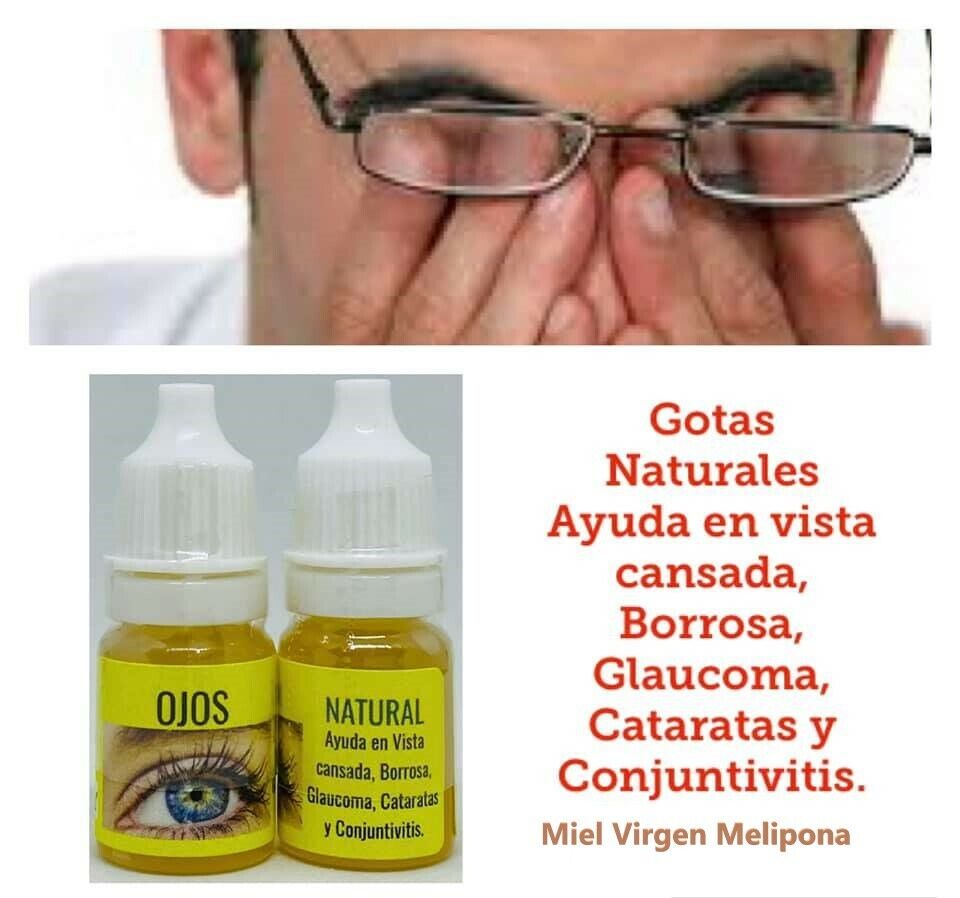Veneers Whitening Options

The quest for a brighter, more radiant smile has led to the development of various teeth whitening options, including those specifically designed for individuals with veneers. Dental veneers, thin layers of porcelain or composite material bonded to the front of teeth, can significantly enhance the aesthetic appeal of a smile. However, they do not respond to traditional whitening methods in the same way natural teeth do, necessitating specialized approaches.
Understanding Veneers and Whitening
Before delving into the options available for veneers whitening, it’s essential to understand how veneers interact with whitening treatments. Traditional teeth whitening methods, such as bleaching trays or strips, work by penetrating the tooth enamel to break down stains within the tooth structure. Since veneers are non-porous and made from materials that do not allow for the penetration of whitening agents, these conventional methods are ineffective.
Options for Veneers Whitening
Given the limitations of traditional whitening methods on veneers, several alternative solutions have been devised:
Replacement of Veneers: In cases where the veneers are old or the desired shade of white is significantly different from the current color, replacing the veneers altogether might be the most straightforward solution. New veneers can be crafted in the desired shade, providing an opportunity to not only whiten but also to correct any other aesthetic issues.
Internal Whitening: For individuals with veneers who are experiencing discoloration of the natural tooth underneath, internal whitening can be an effective method. This involves placing a whitening agent inside the tooth, which can help whiten the natural tooth structure visible through the veneer, especially if the veneer is semi-transparent.
External Whitening of Surrounding Teeth: If the goal is to create a uniform smile and the veneers are not the issue but rather the surrounding natural teeth, then external whitening methods can be applied to these teeth. This can involve professional in-office treatments or at-home whitening kits, tailored to safely whiten the natural teeth to match the veneers as closely as possible.
Veneer Refurbishment: In some cases, it might be possible to refurbish or touch up existing veneers. This could involve minor adjustments or repairs to the veneer surface, potentially including slight color adjustments, although this is more about maintaining the current appearance rather than achieving a significantly whiter shade.
Non-Invasive Whitening Alternatives: For those seeking a more conservative approach, non-invasive whitening alternatives like professional dental cleanings or the use of whitening toothpaste specifically designed for veneers can help maintain the brightness and cleanliness of both the veneers and the surrounding teeth, preventing further discoloration.
Considerations and Precautions
When considering veneers whitening options, several factors should be taken into account:
- Durability and Longevity: Altering veneers can affect their lifespan. Understanding the potential impact on the veneers’ durability is crucial.
- Cost: Different methods come with varying price tags. Replacement, for instance, is generally more expensive than external whitening of surrounding teeth.
- Aesthetic Goals: The desired outcome should be clearly defined. If the aim is a uniformly white smile, the approach will differ from someone looking to address specific discoloration issues.
- Professional Guidance: Consultation with a dentist or orthodontist is essential to determine the most suitable and safe option, considering the individual’s oral health, the condition of the veneers, and the natural teeth.
Conclusion
The pursuit of a whiter, brighter smile with veneers requires careful consideration of the available options, each with its own set of advantages and potential drawbacks. By understanding the limitations and possibilities of veneers whitening, individuals can make informed decisions about their dental care, working closely with dental professionals to achieve the aesthetic results they desire while ensuring the health and integrity of their teeth and veneers.
Can you whiten veneers with at-home kits?
+No, traditional at-home whitening kits are not effective on veneers as they do not penetrate the veneer material. Any whitening will only occur on the surrounding natural teeth.
How long do veneers last after whitening or replacement?
+The lifespan of veneers can vary but generally ranges from 10 to 20 years, depending on the material, oral hygiene practices, and other factors. Whitening or replacing veneers can affect their longevity, but with proper care, they can remain a durable and aesthetic solution for years to come.
Are there any risks associated with veneers whitening options?
+Like any dental procedure, there are risks and potential side effects. These can include sensitivity, gum irritation, or in the case of replacement, the risk of veneer failure. It’s crucial to discuss these risks with a dental professional and follow their guidance to minimize potential complications.


